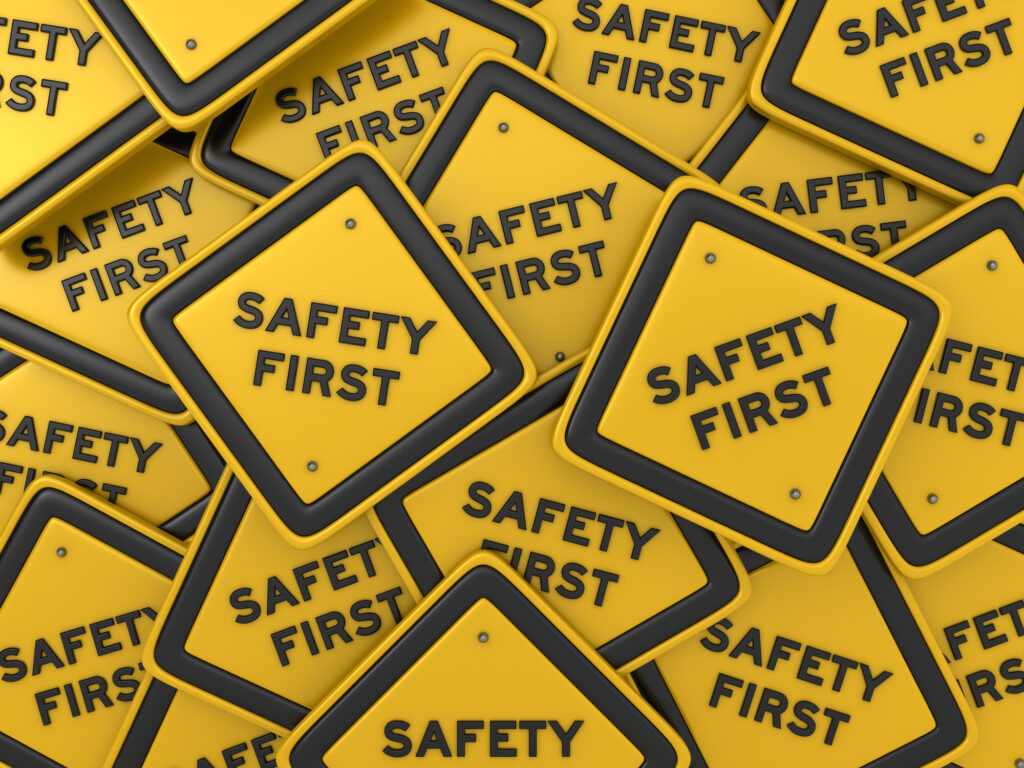Vision Zero goals will involve more than tech alone
A growing number of jurisdictions are approaching highway safety with a commitment that settles for nothing less than perfection.
Vision Zero — a strategy that originated in Sweden in 1997 — has now been adopted by everyone from the City of Toronto to the U.S. Department of Transportation (DOT), complete with the goal of eliminating traffic-related deaths and serious injuries.
According to the U.S. DOT, the vision is anchored in six principles: deaths and serious injuries are unacceptable, humans make mistakes, humans are vulnerable, responsibility is shared, safety is proactive, and redundancy is crucial.
“We need multiple ways to wrap around human beings so a mistake doesn’t have to be fatal,” said Robin Hutcheson, administrator of the Federal Motor Carrier Safety Administration (FMCSA), in a speech during the American Trucking Associations’ (ATA) recent management conference.

We’ve seen many related upgrades in vehicle systems, of course. Seatbelts and air bags secure drivers and cushion blows. Disc brakes and larger friction material made it possible to reduce stopping distances. Underride guards establish protective barriers between motorists and trailer decks. Then there are the advanced driver assistance systems that sound warnings and automatically apply brakes.
But there are limits to anything we add to a vehicle. Equipment wears out. Components break. Systems fail. There will always be outliers that the most advanced artificial intelligence fails to identify.
It’s why Vision Zero’s broader goal requires steps to address other contributing factors such as highway designs, speed controls, and road user attitudes.
Addressing the latter threat may be the most pressing need of all.
No matter what kind of vehicle-related tools we wrap around human beings, some people seem intent on pushing the limits. There are those who cut in front of tractor-trailers only to slam on the brakes; the drivers who travel at high speeds despite adverse weather; and those who allow themselves to be distracted by cell phones.
“The environment has changed because car drivers are not paying attention to what’s going on around them,” JB Hunt vice-president of safety and compliance Joshua Vance said during a panel discussion at ATA. He embraces in-cab cameras to monitor truck drivers for the same reason.
Part of the solution here will involve focused enforcement. “Click it or ticket” campaigns certainly led to increases in seatbelt use. It’s also possible to sway public attitudes over time. MADD Canada estimates that 42,526 lives were saved between 1982 and 2013 thanks to programs that stigmatize drunk driving.
“The number of crashes where the truck driver is negligent is extremely small,” American Transportation Research Institute senior vice-president Dan Murray stressed during the same panel discussion. Even if trucks and drivers did everything right, that would still not address 75% of truck-involved fatalities, he added. “Zero deaths is going to be very problematic.”
Problematic, indeed, but the goal is a noble one. And fleets play their part with every true commitment to highway safety.
Scopelitis Transportation Consulting co-director P. Sean Garney suggested during his time at the microphone that some fleets should ease off the proverbial throttle to ensure drivers have the time to make the right decisions on the road. “Sometimes you need to make operational sacrifices,” he said.
It’s the type of change that can improve any driver’s vision – and take us one step closer to making Vision Zero a reality.
Have your say
This is a moderated forum. Comments will no longer be published unless they are accompanied by a first and last name and a verifiable email address. (Today's Trucking will not publish or share the email address.) Profane language and content deemed to be libelous, racist, or threatening in nature will not be published under any circumstances.